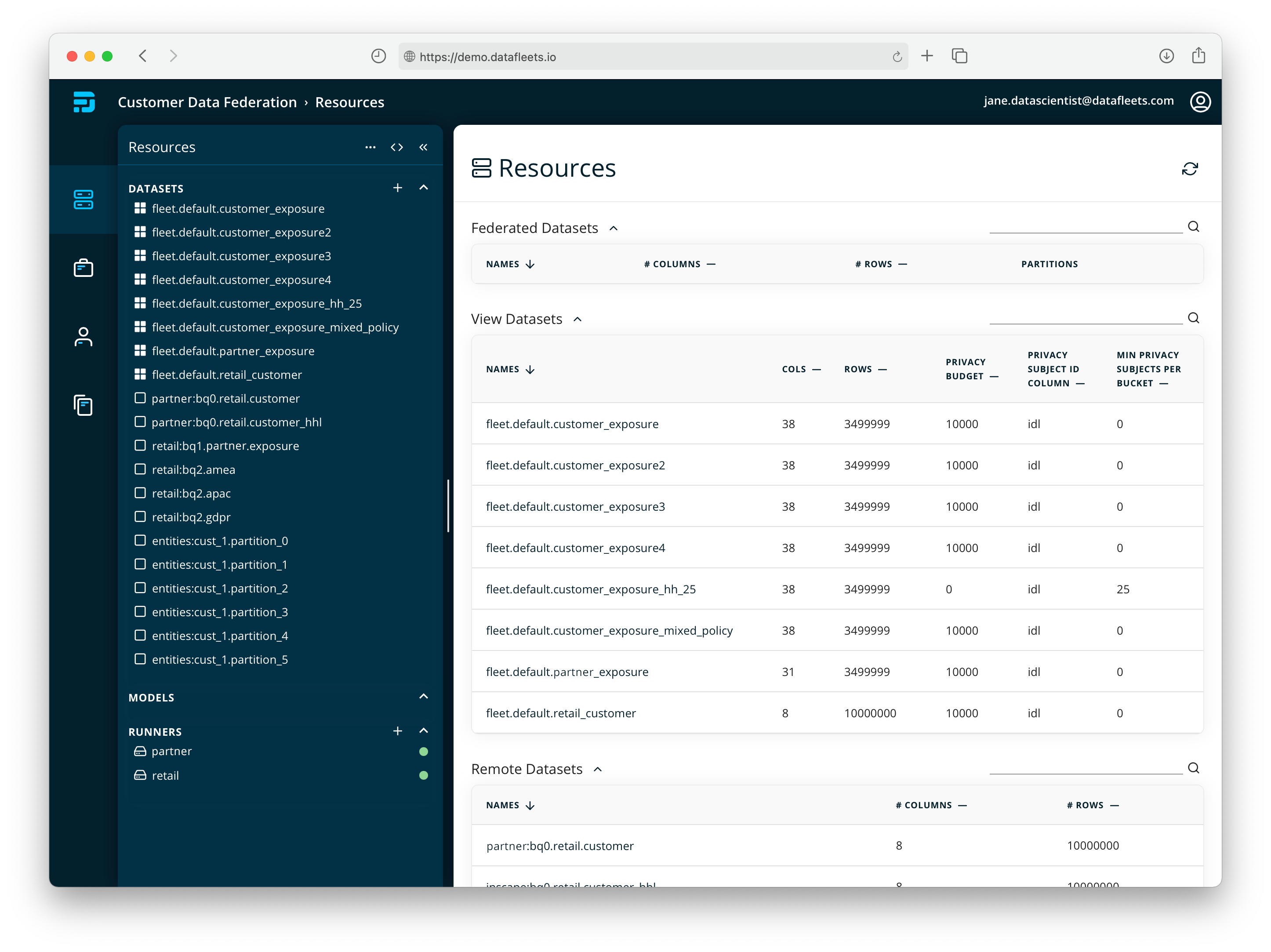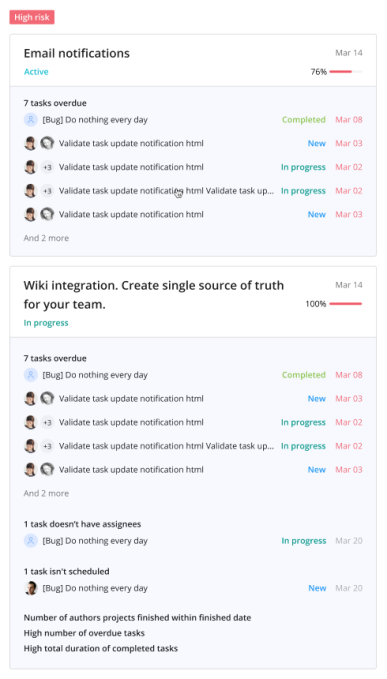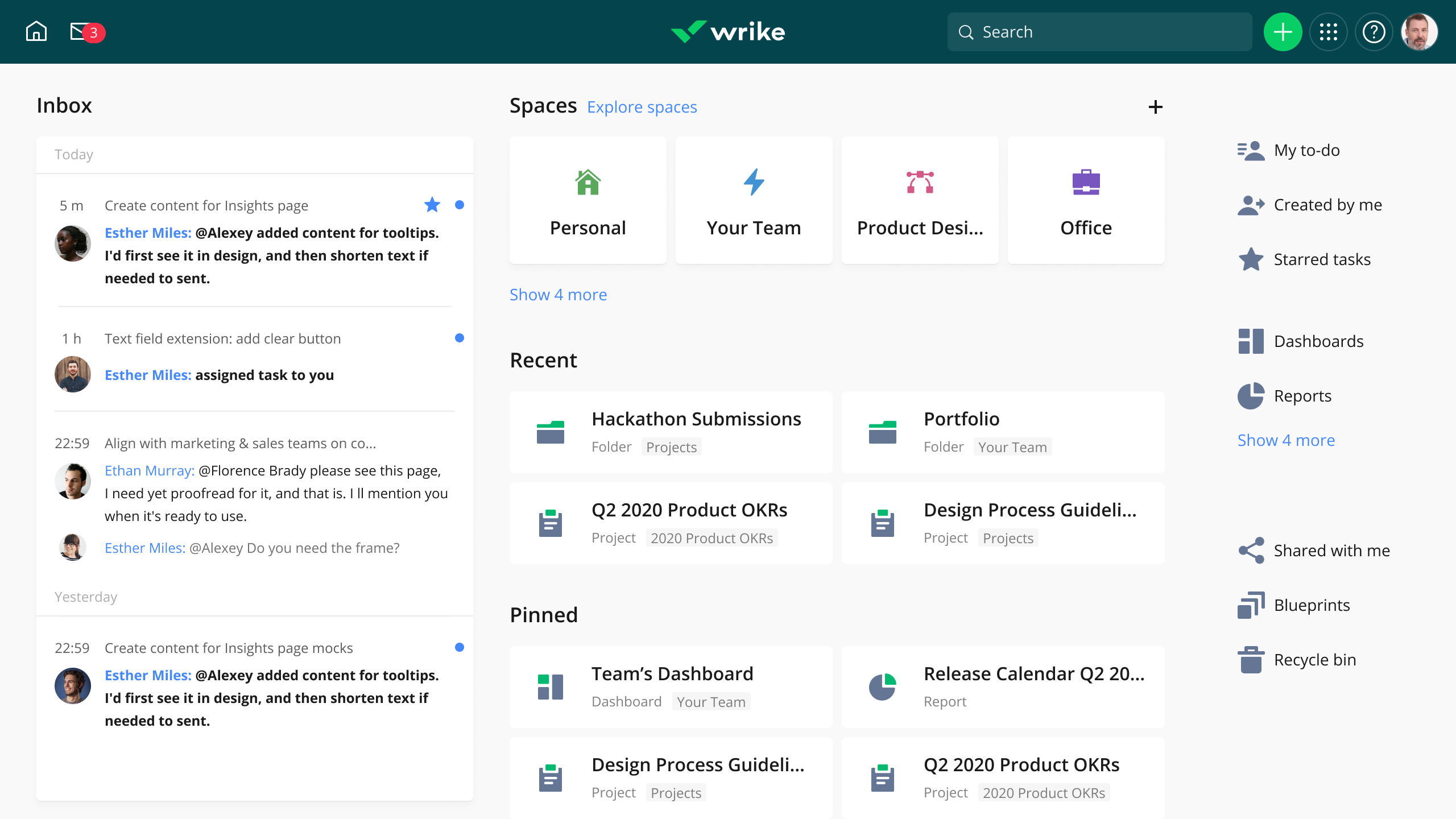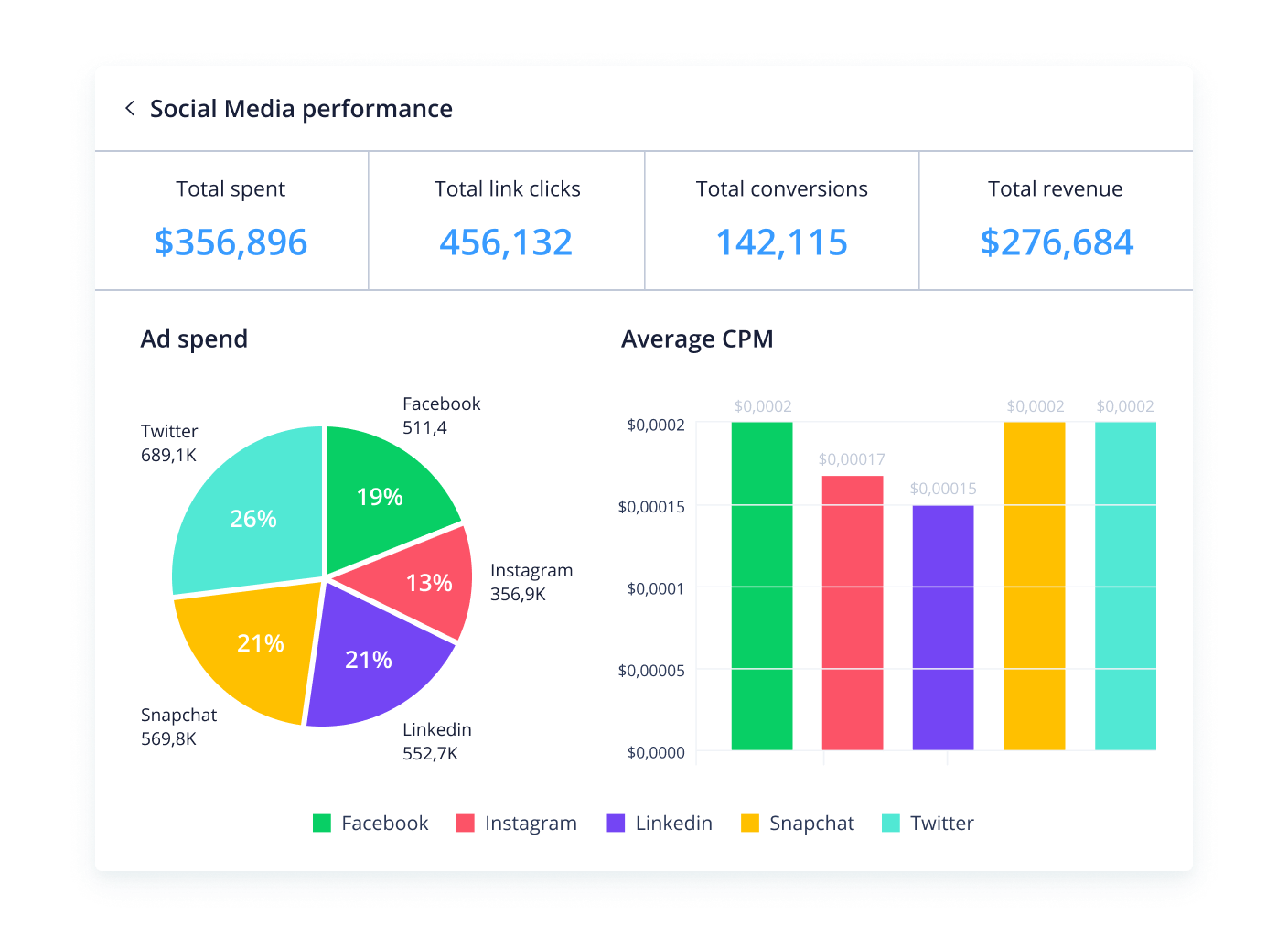SAP shares fall sharply after COVID-19 cuts revenue, profit forecast at software giant
SAP announced its Q3 earnings yesterday, with its aggregate results down across the board. And after missing earnings expectations, the company also revised its 2021 outlook down. The combined bad news spooked investors, crashing its shares by more than 20% in pre-market trading, and the stock wasn’t showing any signs of improving in early trading.
The German software giant has lost tens of billions of dollars in market cap as a result.
The overall report was gloomy, with total revenues falling 4% to €6.54 billion, cloud and software revenue down 2% and operating profit down 12%. The only bright spot was its pure-cloud category, which grew 11%, to €1.98 billion.
SAP’s revenue result was around €310 million under expectations, though its per-share profit beat both adjusted and non-adjusted expectations.
While SAP’s big revenue miss might have been enough to send investors racing for the exits, its revised forecast doubled concerns. Even though the company said that its customers are accelerating their move to the cloud during the pandemic — something that TechCrunch has been tracking for some time now — SAP also said the pandemic is slowing sales and large projects.
Constellation Research analyst Holger Mueller says this is resulting in an unexpected revenue slow-down.
“What has happened at SAP is a cloud revenue delay as customers know that SAP is only investing into cloud products, and they have to migrate to those in the future. The news is that SAP customers are not migrating to the cloud during a pandemic,” Mueller told TechCrunch.
In a sign of the times, SAP spent a portion of its earnings results talking about 2025 results, a maneuver that failed to allay investor concerns that the pandemic was dramatically impacting SAP’s business today and in the coming year.
For 2020, SAP made the following cuts to its forecasts:
- €8.0 – 8.2 billion non-IFRS cloud revenue at constant currencies (previously €8.3 – 8.7 billion)
- €23.1 – 23.6 billion non-IFRS cloud and software revenue at constant currencies (previously €23.4 – 24.0 billion)
- €27.2 – 27.8 billion non-IFRS total revenue at constant currencies (previously €27.8 – 28.5 billion)
- €8.1 – 8.5 billion non-IFRS operating profit at constant currencies (previously €8.1 – 8.7 billion)
So, €300 million to €500 million in cloud revenue is now gone, along with €300 million to €400 million in cloud and software revenue, and €600 to €700 million in total revenue. That cut profit expectations by up to €200 million.
The company, however, is trying to put a happy face on the future projections, believing that as the impact of COVID begins to diminish, existing customers will eventually shift to the cloud and that will drive significant new revenues over the longer term. The trade-off is short-term pain for the next year or two.
“Over the next two years, we expect to see muted growth of revenue accompanied by a flat to slightly lower operating profit. After 2022 momentum will pick up considerably though. Initial headwinds of the accelerated cloud transition will start to turn into tailwinds for revenue and profit. […] That translates to accelerated revenue growth and double digit operating profit growth from 2023 onwards,” SAP CFO Luka Mucic said in a call with analysts this morning.
The question now becomes can they meet these projections, and if the longer-term approach during a pandemic will placate investors. As of this morning, they weren’t looking happy about it.
![]()







 The value of quickly growing and unprofitable software and cloud companies is well known. Snowflake
The value of quickly growing and unprofitable software and cloud companies is well known. Snowflake 


